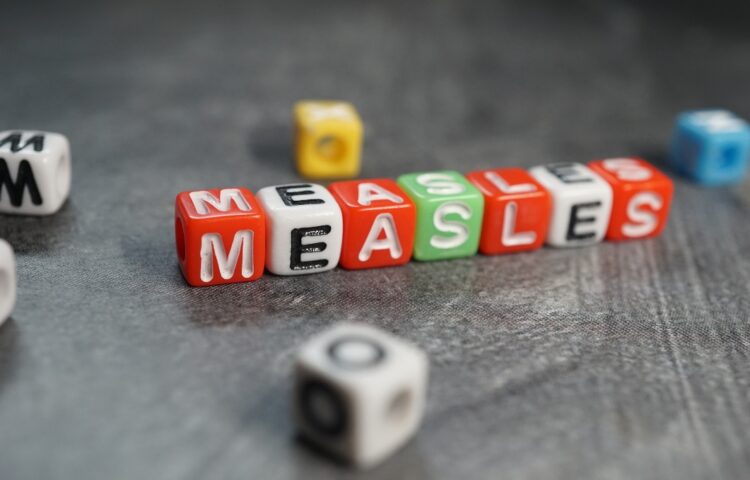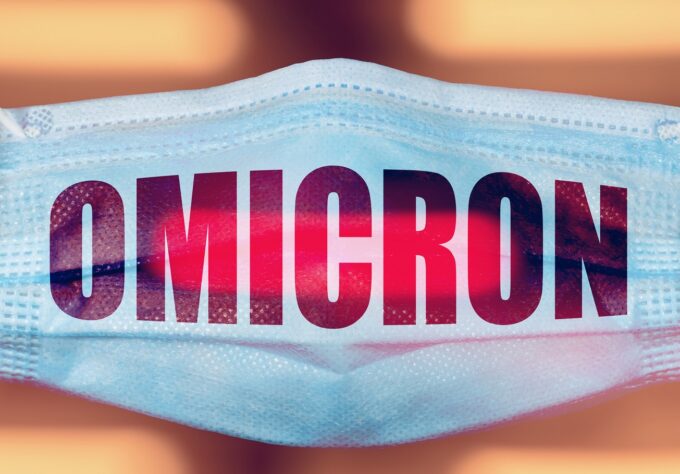You’ve probably heard the news lately about measles outbreaks in the U.S. Although the disease was declared eliminated here in 2000, there have been scattered outbreaks across the country in recent years. In fact, the Centers for Disease Control and Prevention (CDC) have already reported more than 120 cases this year in New York, Texas, and Washington State. It’s important that parents understand the disease and what they need to do to prevent and spot it.
Vaccinations: The Best Way to Prevent Measles
Measles is caused by a virus, but it is not just a rash and a fever. It can cause serious health complications, especially in children younger than 5.
- About 1 in 4 people in the U.S. who get measles need to be hospitalized.
- 1 in 1,000 people with measles develop brain swelling, which can cause brain damage.
- 1 or 2 in 1,000 people with measles die, even with the best care.
- Measles killed 110,000 people globally in 2017, mostly children under 5.
Prior to the introduction of the measles vaccine in the U.S. in 1963, there were nearly 500 deaths per year, 48,000 people hospitalized per year, and 1000 people developed chronic disability from brain damage per year – due to measles. Since measles was declared eliminated, the number of cases per year has ranged from 37 to 667, all due to importation of the virus by people infected in other countries and then spread within the U.S.
The majority of people who get measles are unvaccinated. The measles-mumps-rubella (MMR) vaccine is extremely safe and effective and causes no side effects in most children. If there are any side effects, they are a mild fever, rash, soreness or swelling. Rarely, the vaccine might cause a high fever that could lead to a seizure.
The MMR vaccine does not cause autism.
Getting the Measles Vaccine
Your children should receive two doses of the vaccine:
- 1st dose: 12-15 months old
- 2nd dose: 4-6 years old
One dose of the vaccine is about 93 percent effective; two doses increase that to 97 percent effective.
If your children do not get the MMR vaccine, they are at a very high risk for contracting measles. In fact, CDC states that almost everyone who has not had the shot will get measles if they are exposed to the virus.
If infants who are between 6 and 11 months old are about to travel from the United States to another country, CDC recommends they receive one dose of the vaccine beforehand. These children should still get the recommended routine doses at 12–15 months and 4–6 years of age. If kids are staying in an area where disease risk is high, they should get the first dose at 12 months and the second at least 4 weeks later.
The measles vaccine may help protect people who have no immunity to measles if they get it within 72 hours of measles exposure.
What Is Causing These Outbreaks?
Measles is still common in many parts of the world including some countries in Europe, Asia, the Pacific, and Africa. Travelers with measles continue to bring the disease into the U.S. Measles can spread when it reaches a community in the U.S. where groups of people are unvaccinated.
Signs and Symptoms
Measles is an incredibly contagious virus and spreads through the air when an infected person coughs, sneezes, or even talks to you. The virus can also live on surfaces for several hours. If one person has it, 9 out of 10 people around him or her will also become infected if they are not immune. A person can develop immunity by getting vaccinated, or by having a history of the disease in the past. An infected person can spread measles to others from four days before developing the rash through four days afterward.
An unvaccinated child can get measles just by being in a room where a person with measles has been, even up to two hours after they’ve left. If your child has not been vaccinated and has been exposed to the virus, they will likely show no symptoms for up to two weeks after being infected. The following symptoms (similar to a cold or virus) usually develop after two weeks:
- Moderate fever
- Cough
- Sore throat
- Runny nose
- Red and swollen eyes
- Small red spots with blue-white centers inside the mouth (called Koplik’s spots)
After two or three days of these symptoms, fever spikes as high as 104 or 105 degrees along with red dots that appear on the skin. The rash develops first on the face, then spreads down the body.
Children with measles should be closely watched by a doctor. Some people are at high risk for problems if they contract measles, particularly infants, children under 5, pregnant women, and people with abnormal immune systems. In some cases, measles can lead to other problems, such as:
- Ear infections
- Croup
- Diarrhea
- Pneumonia
- Encephalitis (irritation and swelling of the brain)
If your child develops the virus:
- Call your doctor
- Give them plenty of fluids
- Encourage extra rest
- For fever, give a non-aspirin medicine, such as acetaminophen or ibuprofen
A measles infection can last for several weeks. Kids with measles should be kept away from others for four days after their rash appears. Because measles is a virus, there is no specific medical treatment for it; the virus must run its course, similar to the flu. Call your doctor right away if you think that your child has measles and also if he or she has been around someone who has it.
Learn more about why vaccinations are important for your children, your family, and your community.



